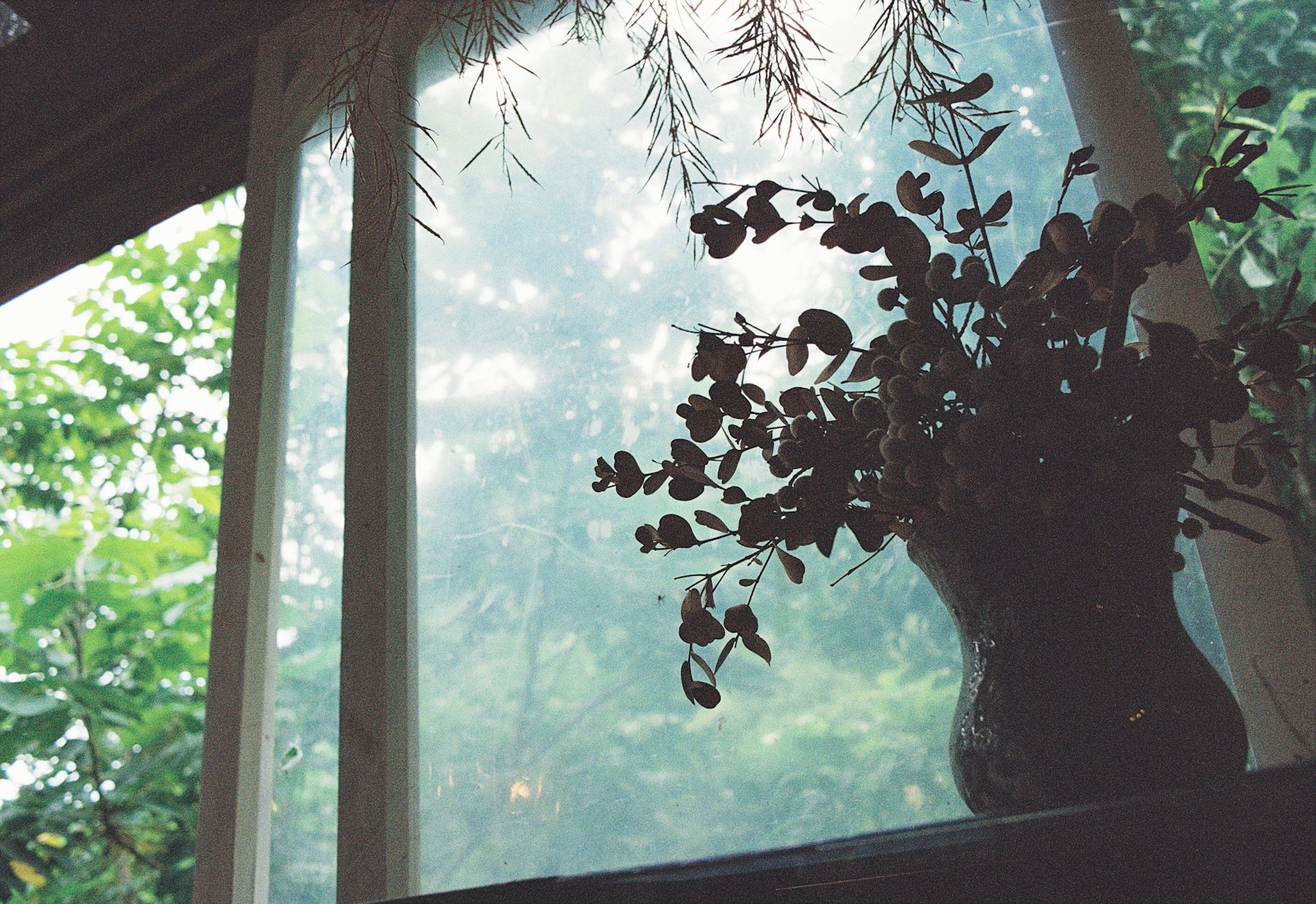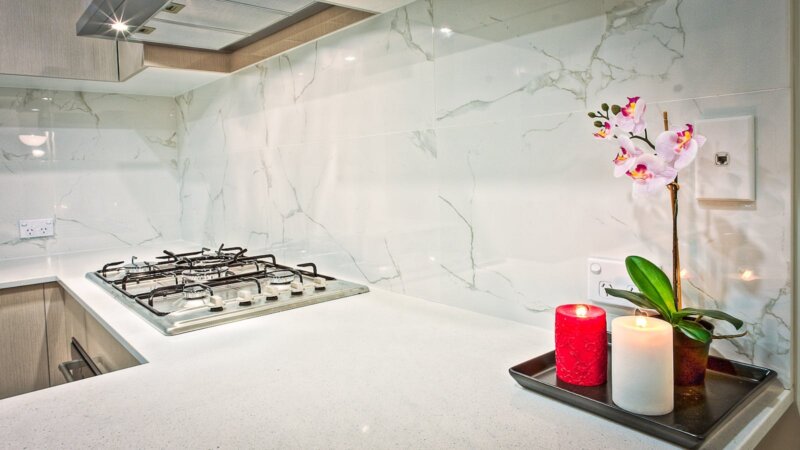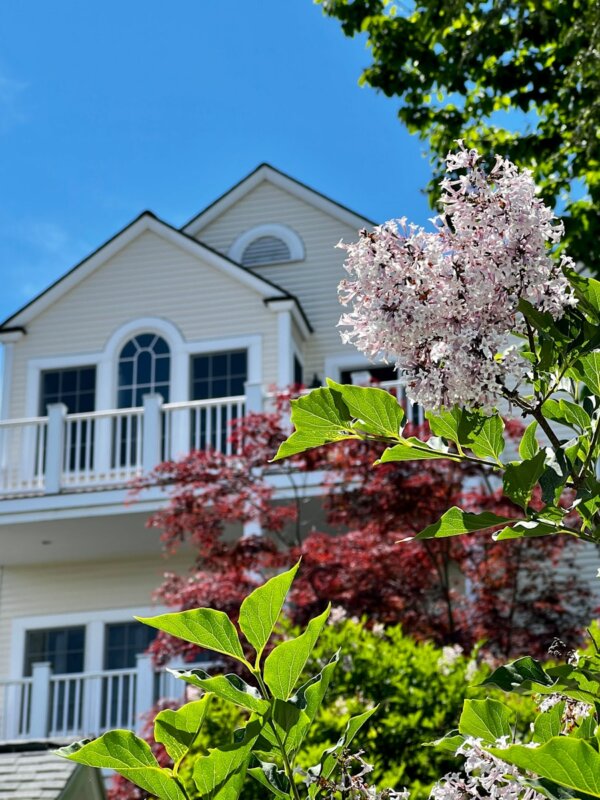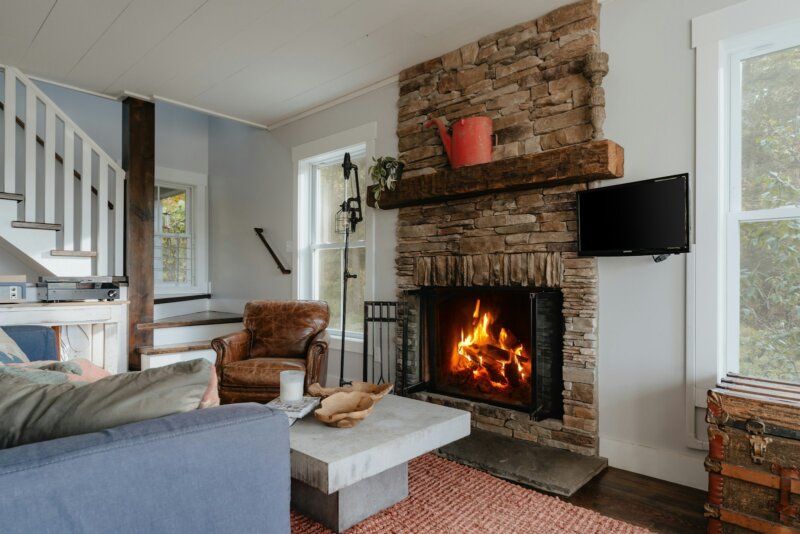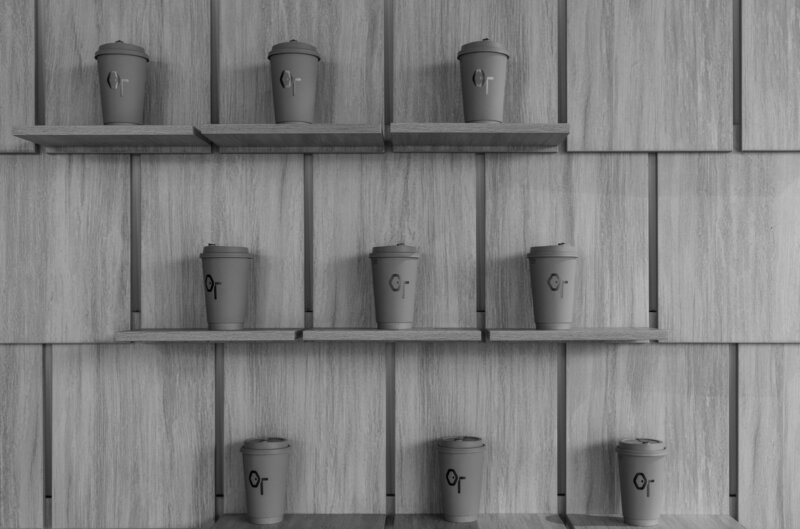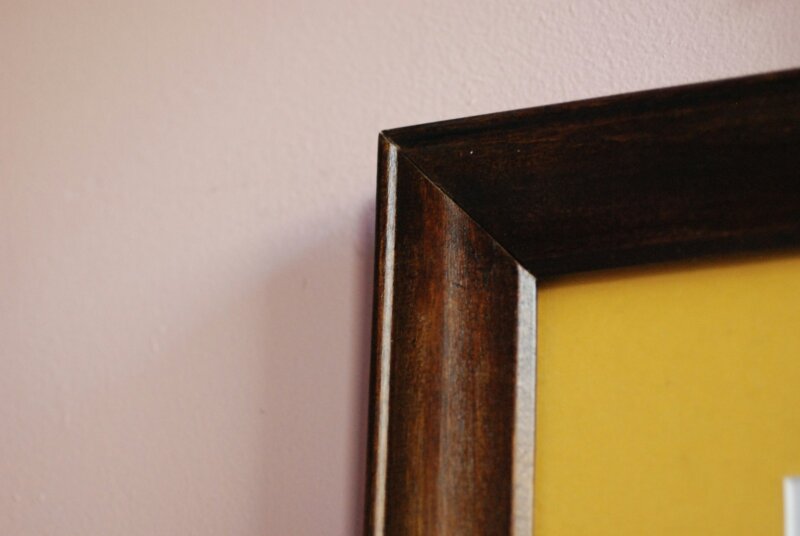Want privacy without dark rooms? DIY window film can do both. Keep views out and let natural light in. The steps are simple, and the results feel instant.
Types of DIY Privacy Window Films
There are several kinds of DIY window film for privacy without losing light. Each type changes the look, feel, and brightness of a room. Pick based on where the window is and how much privacy is needed.
Frosted Window Film
Frosted window film is a translucent film, like etched glass. Light passes through, but shapes look soft and blurry on both sides. It gives daytime and nighttime privacy, which is great for bathrooms and bedrooms.
Custom frosted film can include simple patterns or logos. A careful DIY install can last 5 to 7 years. Rushed work may cause bubbles or peeling. Pro-grade films often last 10 to 15 years on calm glass, with fewer issues over time.
Frosted glass films stay popular because they balance privacy and brightness. The window covering looks clean, modern, and low fuss.
One-Way Reflective Film
Frosted film gives a soft, cloudy look. One-way reflective film works differently. In daylight, it acts like a mirror on the outside. People see their reflection, not your room. Inside, you keep views and good sunlight.
At night, the effect reverses if interior lights are brighter. In that case, people outside may see in, so add shades if needed.
WPCTEV Window Film is a popular model. The film is 6 mil thick and covers about 9.47 square feet per roll, size 17.5 inches by 6.5 feet. It blocks up to 90 percent of infrared rays and 85 percent of UV rays. That helps with thermal insulation and sun control. Static cling film uses no glue, so it installs fast and removes cleanly, with no damage to the glass.
With more than 25,000 reviews at around four stars, many DIY users praise it for daytime privacy and easy installation.
Decorative Window Film
Decorative window film adds style while blocking direct views. It comes in many colors, designs, and textures. Use it in homes and offices for glass doors, cabinets, and room dividers.
These films create a visual barrier but still allow natural light. You can add simple branding or art. Cloaking film is a special type that hides digital screens from outside view, yet keeps spaces bright.
Most decorative films fit tight budgets, often priced $ to $$. Contact paper can work for short-term privacy on smooth glass, but it is less durable than real adhesive film. Many DIY kits make installation easy and fast.
Tools and Materials Needed for Installation
Good prep gives better results. Plan your setup before cutting any film. The right tools save time and reduce bubbles.
- Utility knife with sharp blades
- Squeegee or hard card with felt edge
- Spray bottle
- Application solution, baby shampoo mixed with water works
- Lint-free cloths or microfiber towels
- Measuring tape and straight edge
Use an application solution to let the film slide into place and release air. Many DIY kits include a small squeegee and a knife. Static cling films use no sticky adhesive, so they are easier to reposition and remove later. Even with cling film, careful smoothing is key to reduce trapped air.
Clean glass is critical. Avoid ammonia or vinegar cleaners, which can affect some films. A lint-free cloth leaves no dust behind. Dirt under the film shows through and weakens adhesion.
Step-by-Step Guide to Applying DIY Window Film
DIY window film for privacy without losing light is a straightforward project. A calm setup and patient trimming make the difference.
Preparing the Window Surface
Use a lint-free cloth to clean the glass. Mix one-half ounce of liquid dish soap per quart of water in a spray bottle. Wash every edge and corner where dust hides. Skip products with vinegar or ammonia, which can cause film issues.
Remove stickers, tape, or old film. Work indoors, where there is less wind and dust. Mist the glass with the solution right before placing the film. Touch the glass as little as possible to avoid oils and smudges.
Give new film time to cure after you apply it. Do not wash or scrub the film for 30 days. This helps it bond well to the window.
Cutting and Applying the Film
Measure the glass carefully. Cut the film slightly larger than the glass. A utility knife and straight edge help keep cuts clean and square.
Peel the liner slowly. Keep hands clean to avoid marks on the adhesive side. Spray the glass with the solution so the film can slide into position. This step allows a precise fit and gives time to push out air.
Squeegee from the center out to the edges. Use steady pressure to push out air and extra liquid. Trim excess film along the edges for a neat result.
Smoothing Out Air Bubbles
Spray the film surface with application solution to reduce drag. Use a soft squeegee, working from the center toward each edge. This moves air to the outside and smooths the surface.
For stubborn bubbles, lift the near edge slightly and add a bit of solution. Then squeegee again with firmer strokes. Wipe edges with a lint-free cloth for the final pass. Good prep plus even pressure gives a clean, professional look.
Some bubbles may appear within the first day. Most small ones fade as the liquid dries. If large bubbles remain after a week, repeat the smoothing process.
Tips for Maximizing Privacy Without Blocking Light
Clear or transparent privacy films keep rooms bright. They stop direct views while letting daylight spread through the space. Frosted window film provides strong privacy and soft light. That is why many people use it on bathroom windows and front doors.
- Pick higher opacity frost for tight areas, like showers
- Use patterned decorative film to disrupt sightlines while keeping brightness
- Add sheer curtains for style, daytime privacy only
- Use outdoor lighting near windows with dim interior lights at night
These choices help balance privacy with comfort. For heavy night privacy, pair film with shades. Pro decorative or frosted films deliver reliable results at a mid-range cost, between two to three dollar signs, $$ to $$$.
How to Maintain and Clean Privacy Window Film
Good care keeps the film clear and long lasting. Let the film cure 30 days before the first cleaning. Early cleaning can shift edges or damage the surface.
Wash with a mix of 1/2 ounce liquid dish soap per quart of water. Use a soft cloth or synthetic sponge. Abrasive pads can scratch or tear the protective layer. Dry with a clean cloth or a gentle rubber squeegee.
Ammonia-based cleaners like Windex are fine after the first month. If removing old film leaves sticky residue, soak the area with soapy water, then scrape gently with a plastic scraper. Do not use razor blades on tempered glass, which can scratch easily.
Comparing DIY vs. Professional Installation
DIY projects save money and work well on small, simple windows. Expect 5 to 7 years of life with good prep and careful work. The main risk is bubbles, dust, or poor trimming.
Professional installation costs more upfront, but the results are consistent. Pros use high-grade materials with strong UV protection and solid warranties. Many films last 10 to 15 years. For large panes, high windows, or complex designs, hiring a pro is safer and faster. Follow ladder safety and local codes if doing it yourself.
Common Mistakes to Avoid During Installation
A few avoidable mistakes can spoil privacy and clarity. Clean the glass thoroughly before you start. Dust trapped under film looks bad and can lift edges later.
- Do not install in extreme heat or cold
- Avoid low-quality glass or film, which may cause haze or bubbles
- Measure twice and trim cleanly to keep edges tight
- Research brands with proven results before buying
Pick a mild day. Work slowly. Keep blades sharp to prevent tearing, and use plenty of solution for smooth sliding.
Frequently Asked Questions About Privacy Window Film
1) Will the film stop the window from opening? No. The film bonds to the glass, not the frame, so windows still open and close normally.
2) Does film block natural light? Good privacy film balances light and privacy. Some films block up to 99 percent of UV rays, which helps protect furniture from fading while keeping rooms bright.
3) How long does it last? Quality glass film usually lasts 5 to 15 years. Lifespan depends on sun exposure, glass type, and installation quality.
4) Is static cling film good for renters? Yes. Cling films are adhesive free and remove cleanly. They work well for temporary window coverings.
5) What about textured or tinted glass? These surfaces can be tricky. Get advice from a pro if the glass is textured, tinted, or low quality. That helps avoid haze or poor adhesion.
6) How do I clean it? Use gentle soap and water with a soft cloth. Skip abrasive tools. This keeps the film clear for years.
Bottom Line
DIY window film for privacy without losing light can refresh any room. It protects views, keeps natural light, and avoids heavy blinds or blackout window film. Frosted window film, one-way options, and decorative window film give style and control at a fair cost.
With simple tools and patient steps, you can install adhesive film in a morning. Clean glass, smooth strokes, and careful trimming make the project shine. For tall glass or complex designs, consider a pro. Either way, enjoy a bright space with better privacy and a calm view from home.

